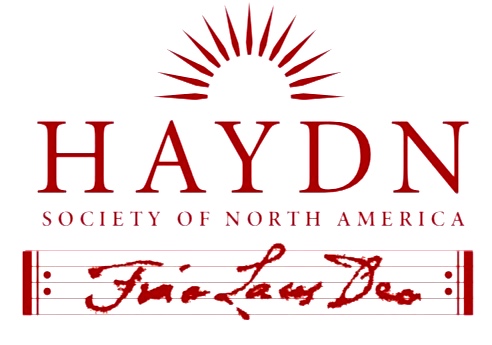
Document Type
Article
Abstract
Teaching eighteenth-century music effectively, particularly at a conservatory where the students are quite familiar with the music of Bach, Handel, Haydn, Mozart, and Beethoven, can prove challenging when you introduce less familiar material—the early works of Haydn and Mozart, for example, or the works of just about any other composer active during the century. I have found that recalibrating the students’ ears to recognize and appreciate the small things—the play of texture, the turns of phrase, the delays of cadence, the unexpected chromatic slips—help them appreciate its charm. Haydn’s music in particular lends itself to such listening, and his life story provides opportunities to discuss the role that music played in society, the changes in musical infrastructure over the course of the century, and how a musical trajectory of the late eighteenth-century could be constructed without reference to the traditional “Haydn leads to Mozart leads to Beethoven-as-teleological-goal.”
Recommended Citation
Morrow, Mary Sue
(2016)
"Eighteenth-Century Music in a Twenty-First Century Conservatory of Music or Using Haydn to Make the Familiar Exciting,"
HAYDN: Online Journal of the Haydn Society of North America: Vol. 6, Article 1.
Available at:
https://remix.berklee.edu/haydn-journal/vol6/iss1/1
© Haydn Society of North America ; Boston: Berklee Library, 2016. Duplication without the express permission of the author and/or the Haydn Society of North America is prohibited.


